Trip Report: Central African Republic
Visited in December 2023
It’s never a good sign when you land in a country and the first thing you see are planes from the United Nations, World Food Programme or Médecins sans frontières. In such situations you realize that things are not good in the country, that the country has serious issues…
I had just landed in Bangui, the capital of the Central African Republic. A country that could easily be described as a failed state. The Central African Republic, or CAR for short, gained independence from France in 1960 and has not had an easy time since.
Initially, the country was ruled for decades by dictator Jean-Bédel Bokassa with an iron grip. Bokassa was a former French soldier and thus had the backing of the former colonial power. He was also friends with the then French President Valéry Giscard, whom he invited to CAR to hunt elephants and always gave him a nice little bag full of diamonds on his way home. Bokassa got the nickname Nero because he threw his opponents to the lions.
However, Bokassa, who eventually proclaimed himself emperor, became increasingly crazy like most dictators do. When he carried out a massacre of schoolchildren, even his ally France got fed up. The French intervened and overthrew the dictator, who then at least could go into exile in France.
Even after Bokassa’s death, the Central African Republic did not become any better. Today, the country is highly corrupt and one of the poorest in the world. Education is only available to the very few, and the country has a literacy rate of 34%. This is the tenth worst figure of all countries in the world. In the Human Development Index, the country ranks fourth last in the world and 50% of all inhabitants have not enough to eat. Add to this a very unstable political situation and all these factors lead to one of the biggest humanitarian crises in the world these days.
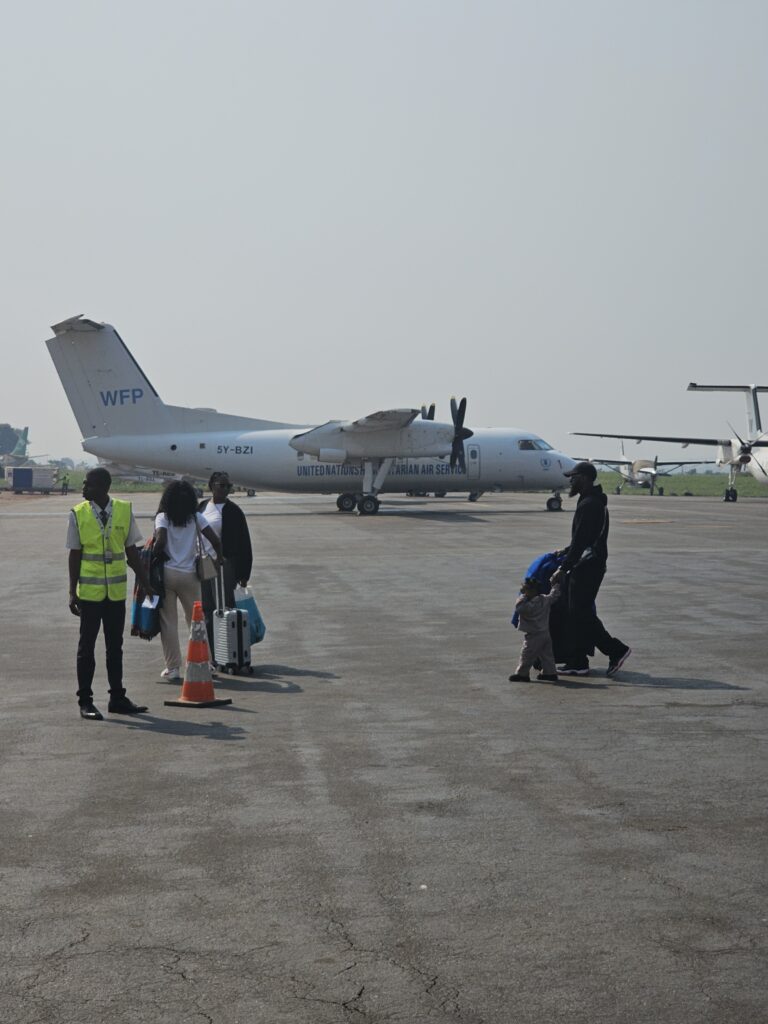
So the Central African Republic certainly doesn’t sound like a country where people would like to go on vacation. But that’s exactly what I did. CAR was my 163rd country and my first on a 10-day trip to Central Africa, a region I had never been to before. I would be lying if I said I was looking forward to this country. This country didn’t seem to have much to offer that was really exciting. And it’s also not a safe country.
Moreover, Central African Republic is, in my opinion, the country with the least creative name. I mean, about eight countries in Africa could call themselves like that, right? Funnily enough, I like the name South Africa, which some may also accuse of being uninspired. Apart from the fact that this name sounds prettier, at least to my ears, you could at least argue that it is appropriate for the southernmost tip of the continent and that it would be strange if a country like Malawi, for example, called itself that.
The process of entering Central African Republic was nothing but wild. First of all, I should mention that practically all nationalities need a visa for CAR. However, there is also another document, the message porté, with which you can enter the country. This is something similar to a letter of invitation that you receive from a local contact.
I opted for this document somewhat against my will. However, after my last trip to Eritrea, I only had three weeks to get the right visa. A visa agency said that I should allow at least two weeks. That was a bit too risky for me, so I decided to go for the message porté
The contact who organized this document for me was a man called Norbert. Norbert is both a guide and a fixer, of which there are almost none in the Central African Republic. I mean, why should there be… Tourism hardly plays a role in this country. It is one of the least visited countries in the world and most foreigners who enter this country are UN personnel.
I transferred XAF 70,000 to Norbert via Western Union, which is about €103. After that, I didn’t hear anything for three weeks. And that was after Norbert had stressed me out, telling me to transfer the money ASAP because he was going into the jungle with tourists for three days and wanted to organize the message porté beforehand.
When I asked him about the status, he said he did not get the approval yet. A few days later I had it. Unfortunately, my passport number was wrong. Instead of a 0 (zero), there was an O in it. Norbert said that wouldn’t be a problem when entering Bangui. But I was more worried that Air France wouldn’t let me on the plane with the wrong passport number.
“Ok, je corrige” said Norbert and sent me the message porté with the correct passport number a few days later. Two days before my departure, Norbert texted me that he would wait for me at the airport. I tried to talk him out of it. I mean, as you can imagine, nothing in life is free. So I wanted to avoid any misunderstandings and wrote to Norbert that I had already organized an airport transfer.
“Payez le visa!” said the policeman when I showed him my message porté. Pay the visa?! I assumed that I had already done this with the message porté. According to Norbert’s messages, the XAF 70,000 also included the visa fee. But I wasn’t quite sure either. I have to say that the communication with Norbert was so-so. His English is terrible and he doesn’t use an online translator.
“How much?” I asked and the policeman said XAF 50,000, which would mean another €76. As the policeman repeated “fifty, fifty”, I gave him €50, which he pocketed without further discussion. At that moment, I realized that I had just paid a bribe.
In an unexpected turn of events, Norbert suddenly stood next to me in the immigration area and said he had been waiting for me. I took the opportunity to tell him that I had to pay another €50. He then ran to the counter, said something to the police officers, grabbed my passport, took out the €50 and gave it back to me. Crazy. He then disappeared again just as quickly as he had arrived.
All in all, I must have waited an hour before I was the last of all the passengers through immigration. I would therefore advise only using the message porté in an emergency and applying for the regular visa instead. This saves time and stress in Bangui.
A little later, I checked into the Oubangui Hotel, which is located on the river with the same name. The hotel used to be a Sofitel and the sheer size of the hotel, the location on the riverbank with rooms that all offer excellent views, suggested that the hotel once had a golden age.
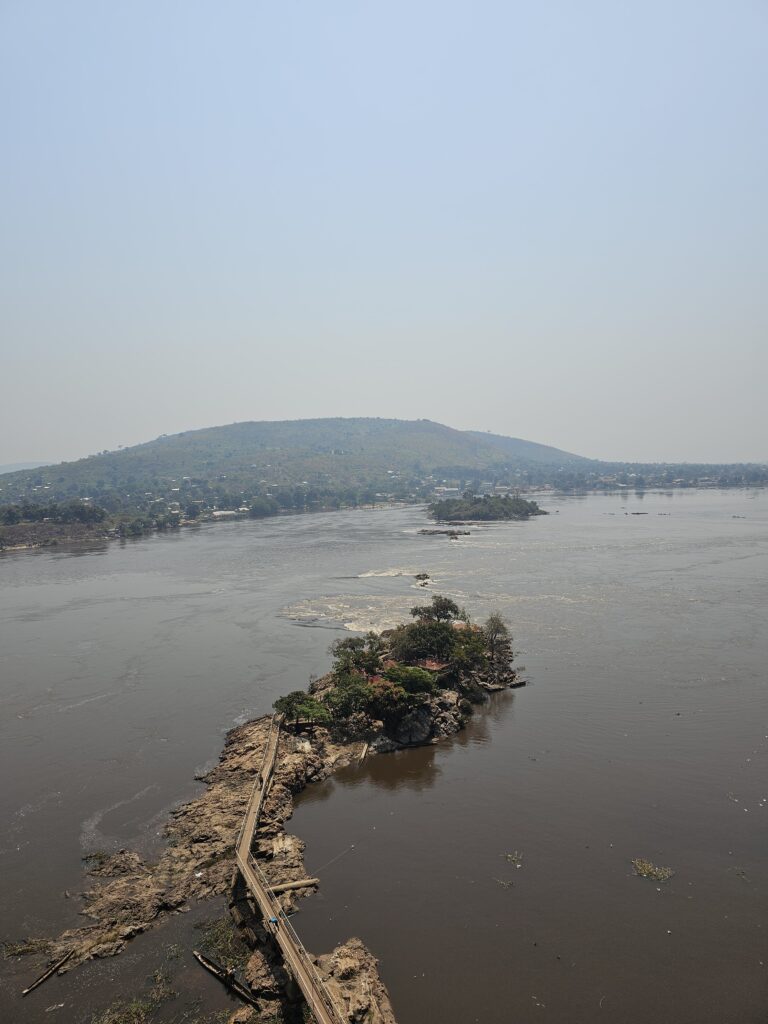
Unfortunately, those days are over, as the Oubangui Hotel is now just a very poorly maintained and shabby hotel. The bedsheets have stains, the floor is full of dead insects and brown water flows out of the tap and the shower. Every time you touch a door handle, the toilet lid, the cupboard or anything else, you have the feeling that you are about to destroy something. The Oubangui was definitely one of the filthiest hotels I have ever stayed in.
On a positive note, the hotel offers free airport transfers, as well as the already mentioned location. The Oubangui River is also the border between the Central African Republic and DRC, the Democratic Republic of the Congo. I have never been to this country, although it has been within my reach three times. In both Rwanda and Uganda, I was only a stone’s throw away from the DRC. But I’ve never been as close to the country as I am here at the Oubangui Hotel.
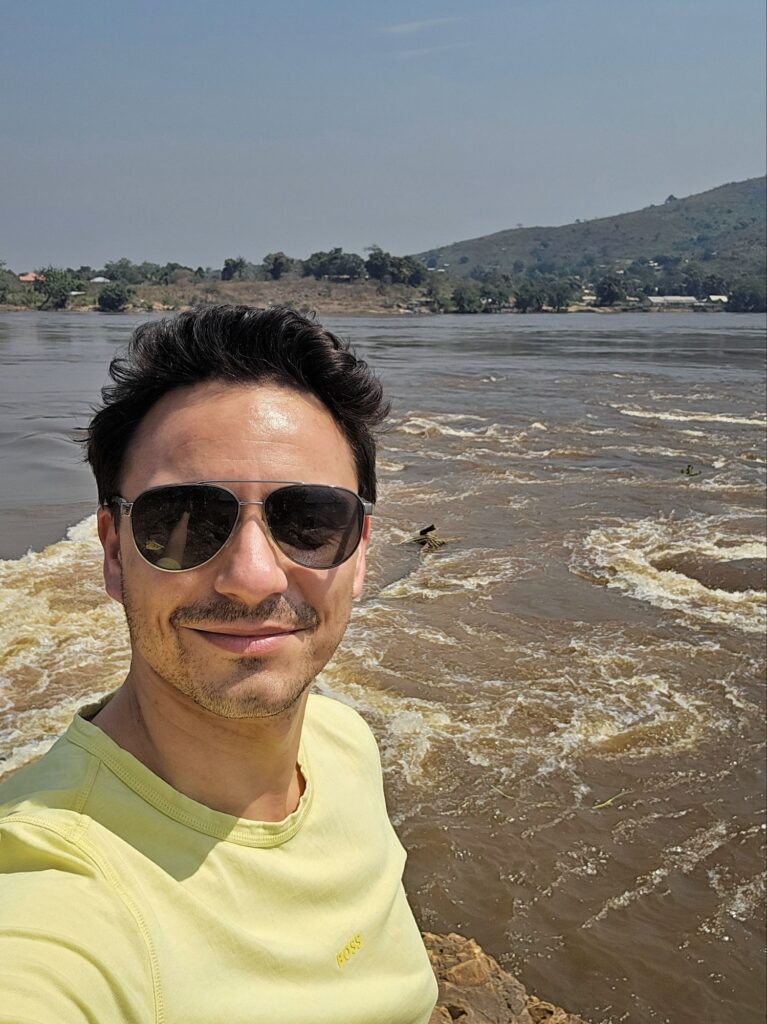
I had two days in CAR. Originally it would have been 1.5 days. Due to a flight change by Air France, it turned into just one day, but with a 24-hour layover in Paris. But then the flight from CAR to Cameroon was also moved back a day, so I ended up with two days. That was one too many, I would find out later, but okay…
I spent the first day in Bangui. The capital of the Central African Republic has practically nothing to offer that could be of any interest to tourists. There is a cathedral, but that is actually the only attraction in the whole city. All in all, I would describe Bangui as one of the five least interesting capitals I have ever been to.
Central African Republic is one of those countries, by the way, where the locals hate being photographed. People feel that their souls are stolen if someone takes a photo of them. For this reason, I took pictures in Bangui as discreetly as possible.
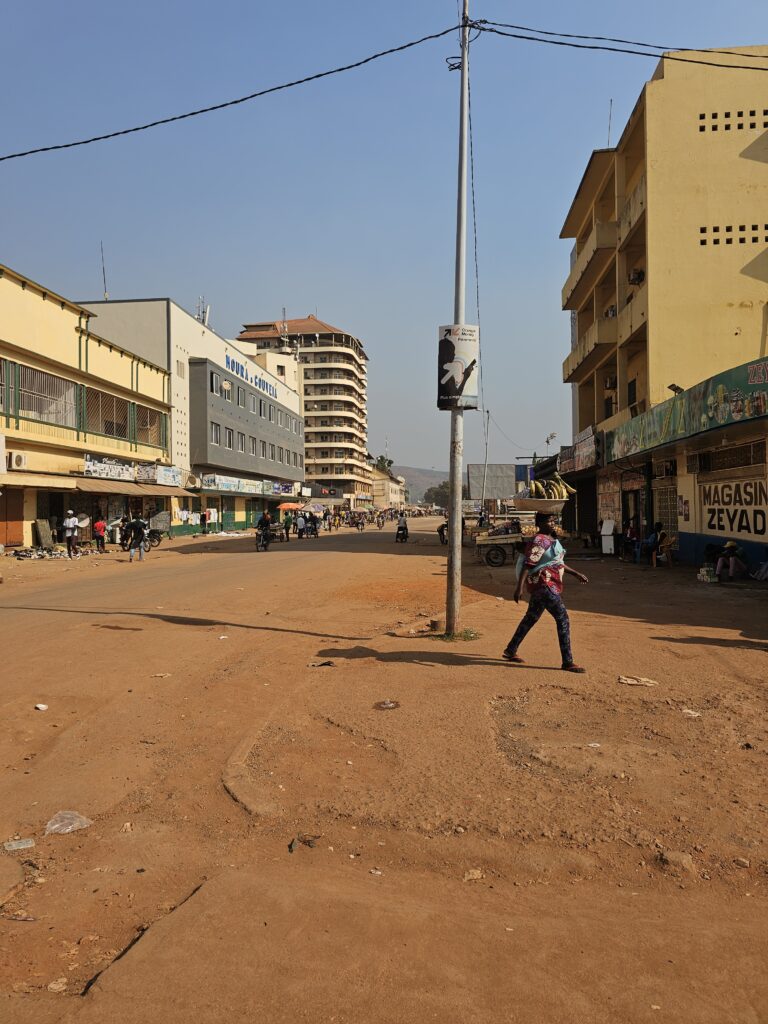
Apart from that, the capital city is one of the least developed in the whole of Africa. I’m not sure if I saw a single paved road in Bangui. But I don’t think so. In any case, there are only dirt roads in the city center. I would even say that Bangui was one of the poorest places I have seen so far.
There are two or three other things you can see, but none of them are really exciting. In two hours you’ve seen everything that’s at least a little bit interesting. The good thing is that you can visit everything on foot, at least if you have a hotel in the center.
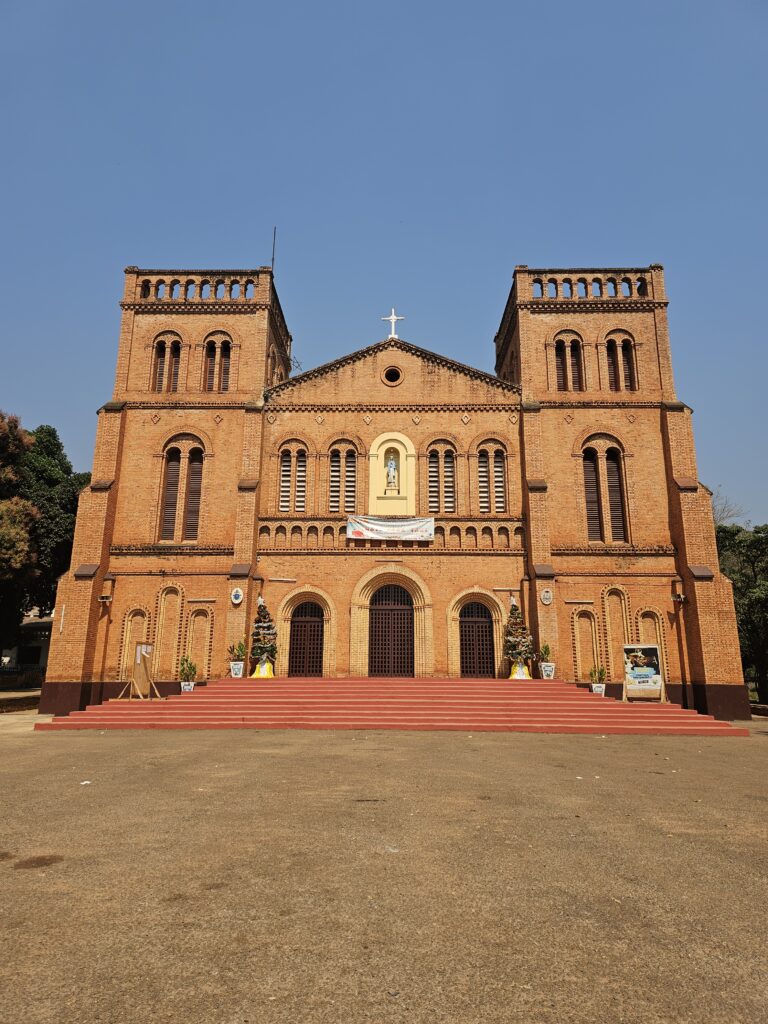
That is what I did. I walked for about two to three hours. It was pretty hot. December to March is dry season in CAR. While dry season in many countries also means cool temperatures, it’s the other way around here. These months are the hottest of the year.
Another thing that surprised me was that Bangui is actually a pretty safe city. The Central African Republic is declared as a country with the highest risk level for travelers. However, the capital is relatively quiet and the people were friendly, or at least not intrusive.
The number of UN personnel in Bangui is also very high. Practically every third car is a UN car and you see a correspondingly large number of foreigners (especially in restaurants), which probably gives one or two people a greater sense of security. In total, there are almost 20,000 UN peacekeepers from the MINUSCA-mission in the Central African Republic. Only a few countries have that many UN peacekeepers.
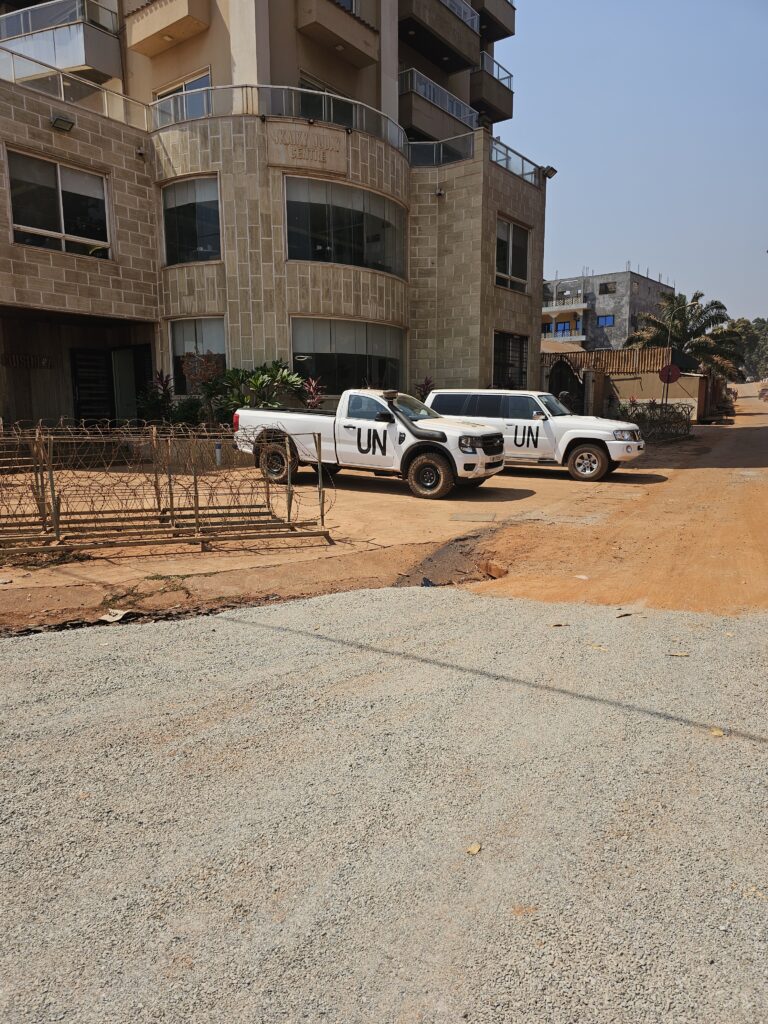
In the meantime, more and more soldiers from the notorious Russian private army Wagner are also in CAR. The Wagner groups are fighting the rebels in the country and in return can exploit resources such as gold and diamonds. The Russians are not unpopular with the local people. Quite the opposite. Many believe that the Wagner army has achieved more in its first year than the UN mission in ten.
In fact, before the Russians arrived, about 80% of the country was controlled by rebels. Within a year, the Wagner army had brought 80% of the country back under government control. Nobody here cares that the army committed massive human rights violations in the process.
Since the recapture of the territories, the Wagner mercenaries have more or less kept a low profile, but are still present in the country. However, I have not seen any. Near the Oubangui Hotel is “La maison russe”, in front of which a young white person with a covered face sat. I assume that it was a Wagner soldier without being sure. But it’s not as if the Russians are spreading fear and terror here. They do their thing and leave other people alone.
However, I did see the local military. A lot of them, in fact. The army of the Central African Republic is patrolling the streets of Bangui in camouflage-painted cars with machine guns on the roofs. A pretty scary sight. As in many other African countries, I found the presence of the police and army to be exceptionally large. But I guess they leave foreigners alone, too.
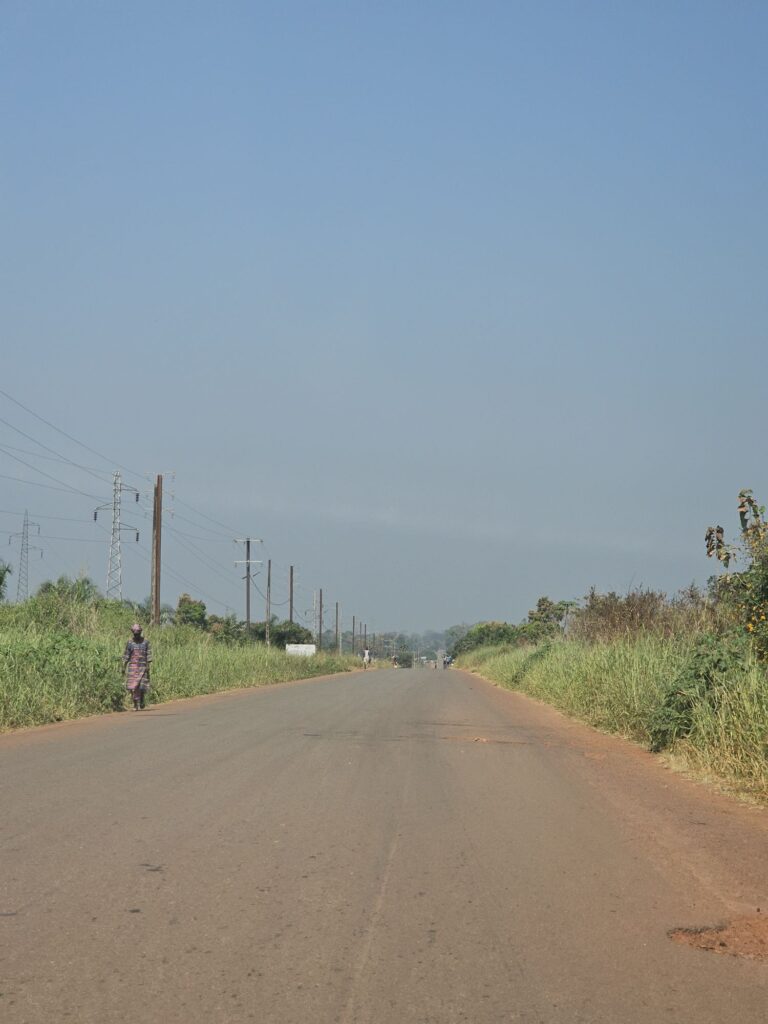
The next day I visited Boali Falls, just under two hours from Bangui. All in all, you need about five hours for this trip, as you will spend a maximum of one hour at the waterfall, probably more like half an hour. Norbert offers this excursion for XAF 135,000, i.e. around €190. When he made me this offer, he pointed out that this excursion was fortunately not expensive compared to others in his offer. I thought €190 was quite a lot for a half-day excursion.
Instead, I went with Régis, a young cab driver whose contact I had received from another traveler a few weeks earlier. Régis offered the trip for XAF 40,000 plus 25l of petrol. The petrol cost XAF 27,500, so with the XAF 5,000 you pay as an entrance fee, my total cost was around €110. Still a lot, but compared to Norbert’s or Williams (another fixer in CAR) prices, relatively cheap.
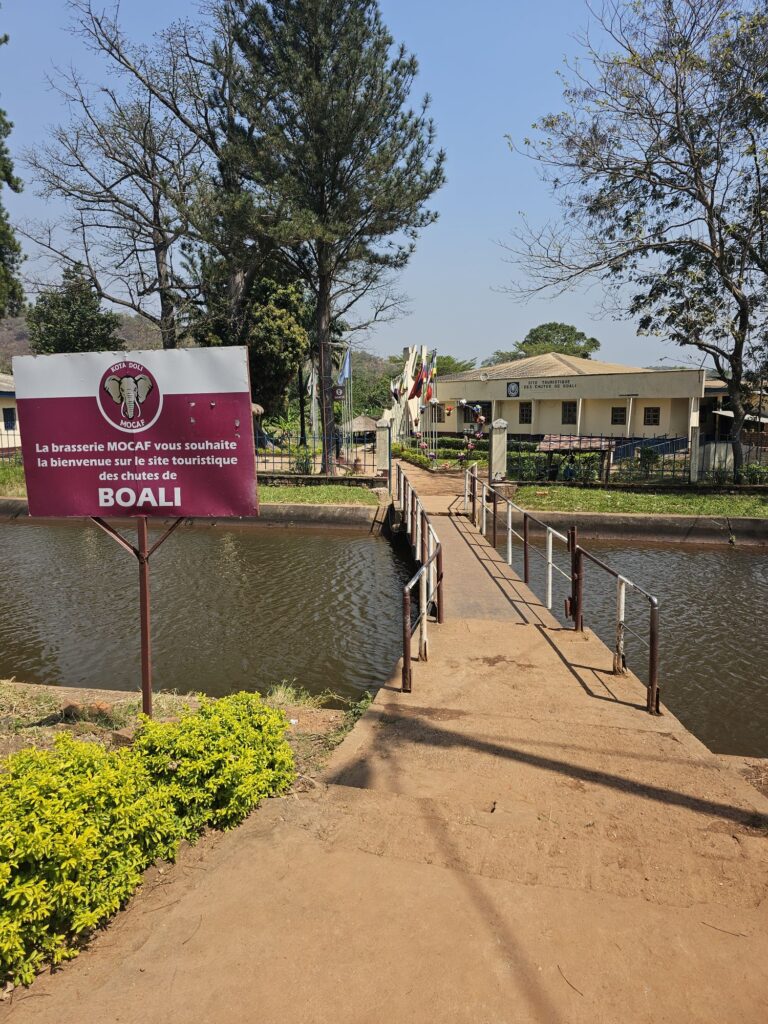
At Boali Falls there are a few guys who will show you around. There are several viewpoints next to the waterfall and if you are brave enough, you can climb down to the base of the waterfall. There is also a dam and a rope bridge that you can cross.
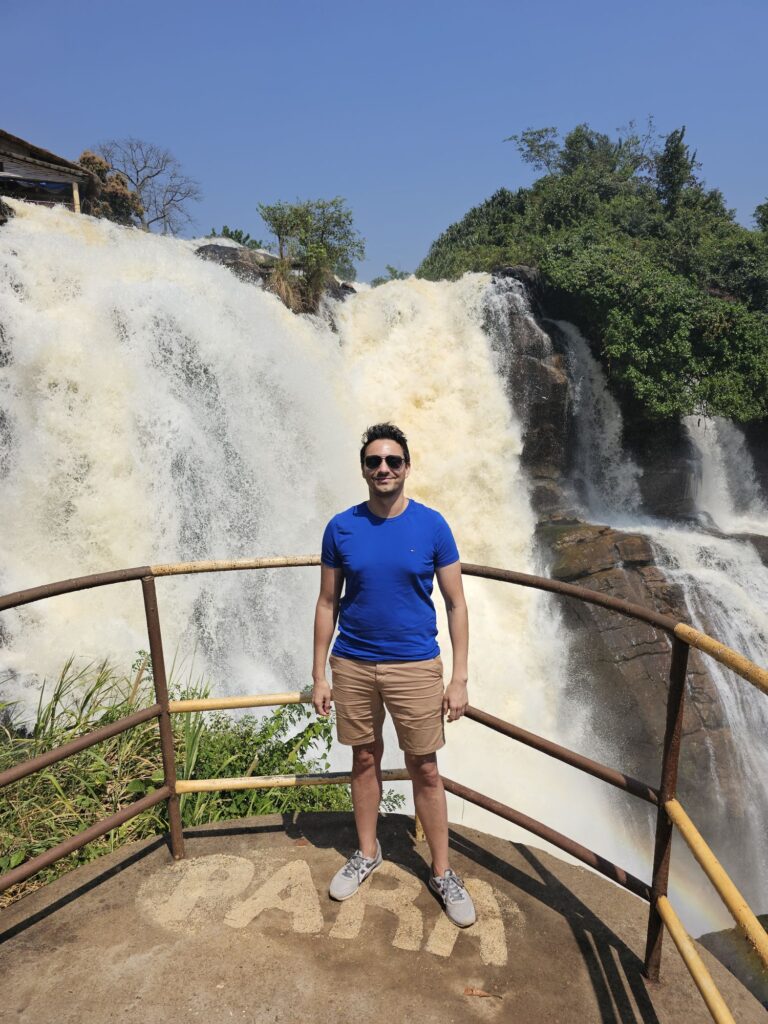
As already mentioned, my visit probably took 45 minutes or so. But definitely less than an hour. I gave the guys who showed me around a tip of XAF 1,000 each, so about €1.50. Based on their reaction (or non-reaction), I assumed that they were not satisfied with this amount. Whatever. After all, I had already paid an entrance fee of XAF 5,000.
All in all, Boali Falls was okay. Not as impressive as Calandula Falls in Angola, for example, but as there are practically no interesting places in the area around Bangui, a visit to this waterfall is almost a must. I think the trip was worthwhile.
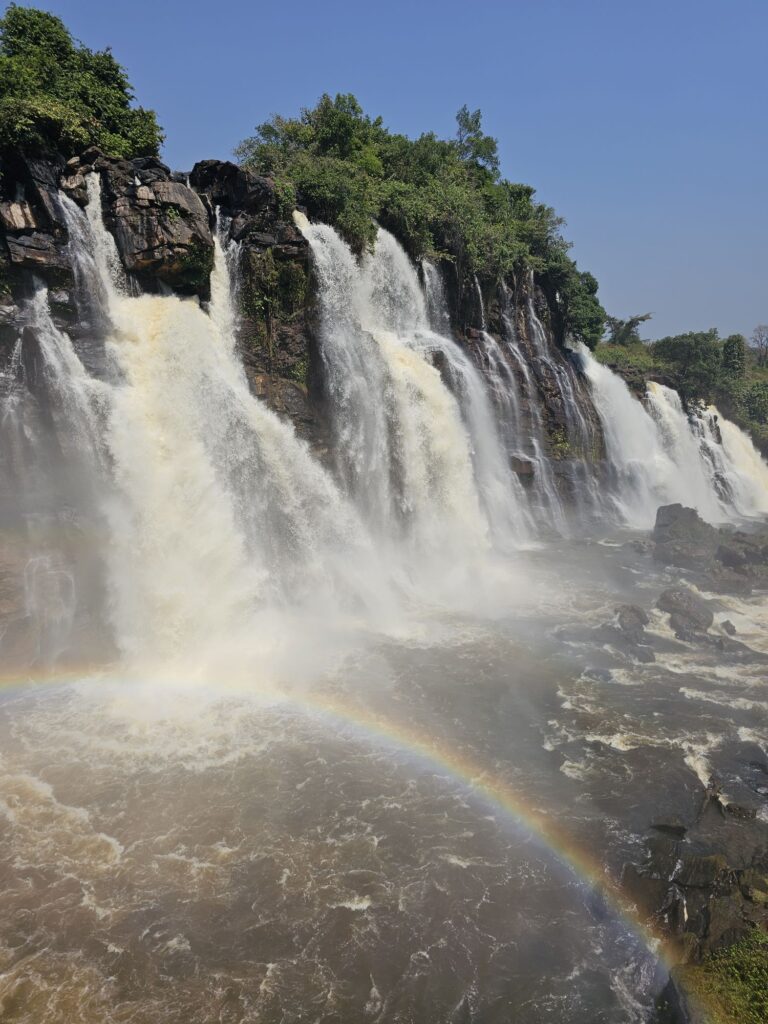
On my return to Bangui, I paid a visit to the Ledger Plaza, the best hotel in the city. The hotel boasts a large swimming pool, where several hotel guests were sunbathing. However, the hotel is quite far from the city center.
What struck me at the Ledger Plaza was the relatively high number of old Russians. I had already seen several Russians in the 50-60 age bracket at the Oubangui. While it could theoretically be that these gentlemen have something to do with the Wagner army, I’d rather guess that these men work in mining. By the way, I didn’t see a single tourist in Central African Republic (at least not to my knowledge).
I wanted to go on a boat trip on the Ubangi River later in the afternoon. Before I set off for Boali Falls, someone approached me outside the hotel and offered me a trip with his piroge for XAF 25,000. I found this price relatively expensive, as I would only have been in the mood for 30-45 minutes anyway. So I wanted to bargain the guy down to XAF 15,000. However, I couldn’t find him anymore, but in the end it was okay for me. I mean, I didn’t consider it a very exciting activity. I just wanted that the guy can earn a little bit.
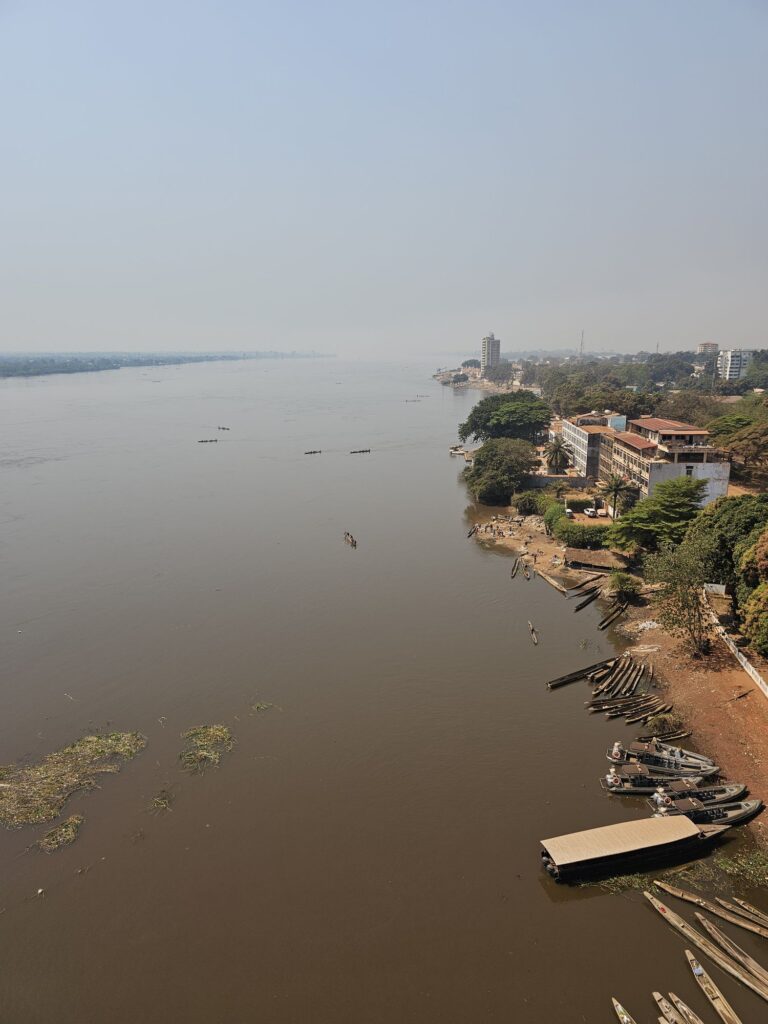
My visit was over after two days, which seemed a bit long in a place like Bangui. Everything I did can easily be done in one full day (even with the piroge tour). So I would not recommend to book more than one full day, when you’re visiting this region.
To end my trip I visited a restaurant called Cuisine A, an excellent place by African standards. The Relais des Chasses also offers very good food. Both restaurants are much better than the “okay” restaurants you usually have in cities like Bangui.
By the way, I didn’t find a single place in Bangui that accepts credit cards. The only ATM that accepted my Visa card was the one at Ecobank right next to PK0. However, it charges a fee of 14.5% (even more for smaller amounts). For this reason, I recommend taking enough euros with you. Most places also accept the euro as a means of payment. The XAF is pegged to the euro anyway.
I left CAR the next day for Cameroon. Conclusion? While I did not have a bad time, it is definitely not a country I would visit a second time. Bangui was an extremely uninteresting city and the whole region was not very exciting. Was I just in the wrong area of the country? With the Dzanga-Sangha National Park, Central African Republic has a great safari park, but the fact that it takes at least four days to travel there and back again will prevent me from ever going there.
At least I was glad that Bangui was relatively safe, as the country’s reputation is pretty bad. I even walked around at night after my hotel said it was safe enough and had no problems. CAR may not be Singapore in terms of safety, but the country didn’t give me the impression of being one of the most unsafe countries in the world. I suppose these times are over fortunately.
Click here to find the trip reports of the 180+ other countries I have visited so far!
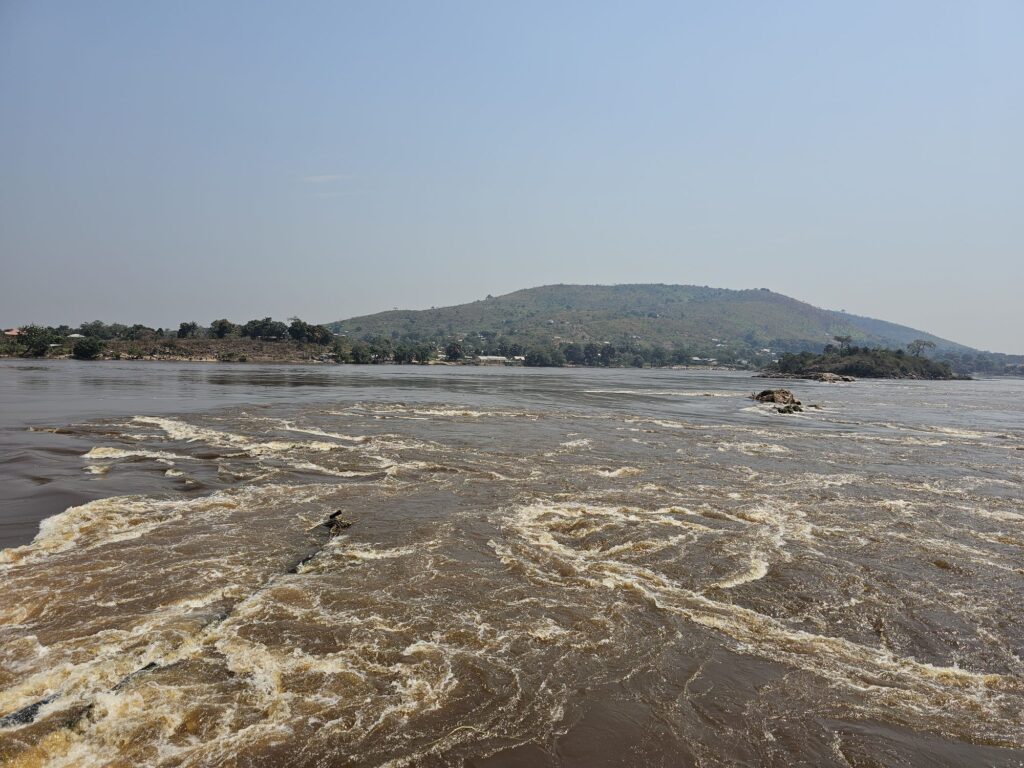
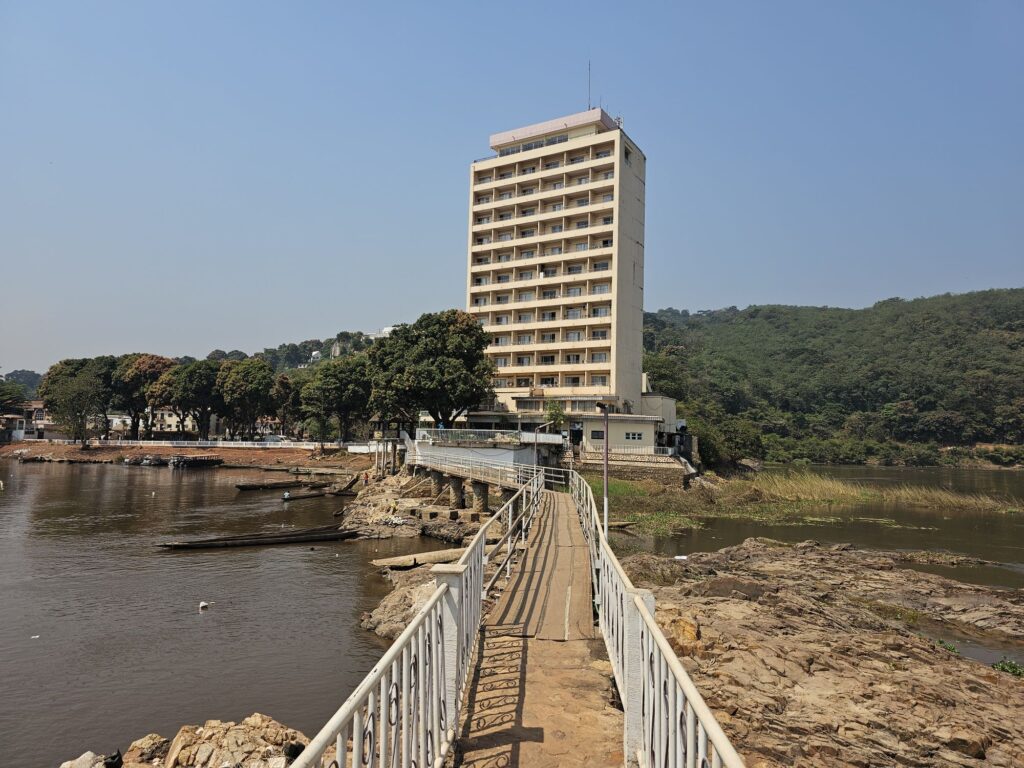
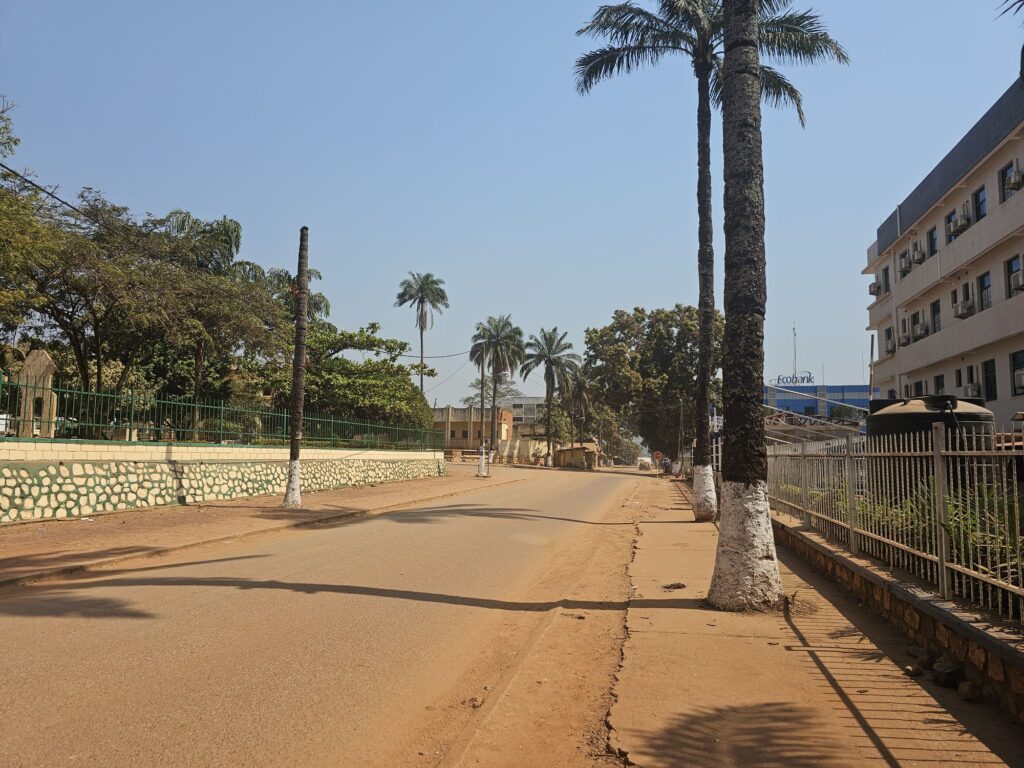
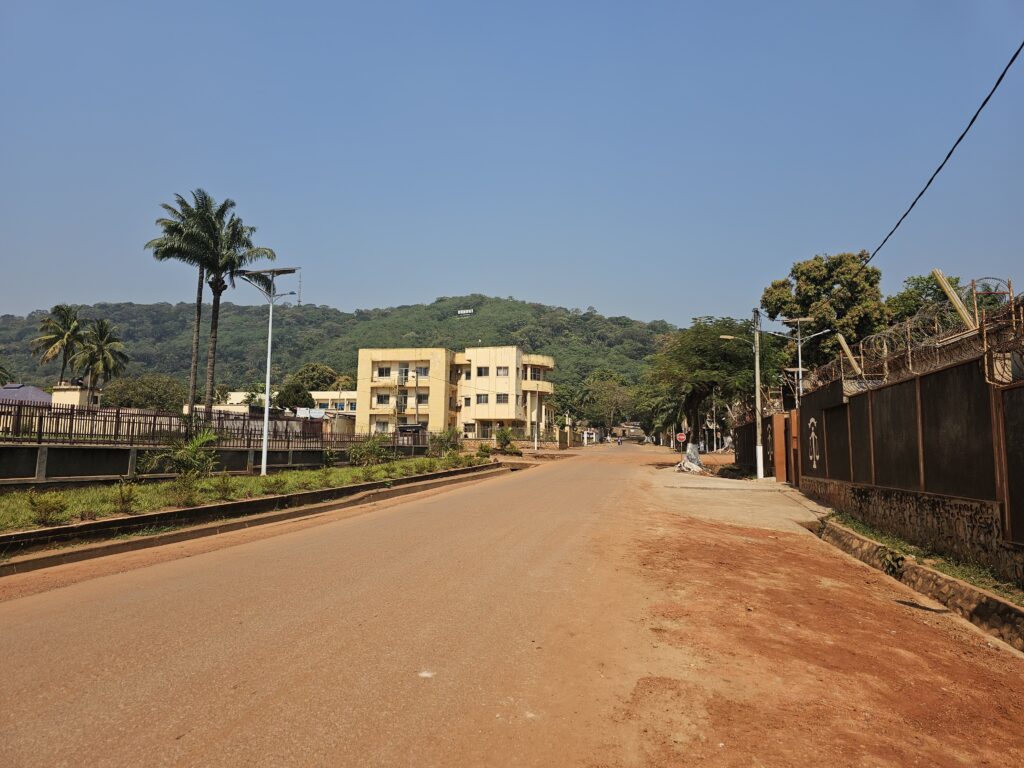
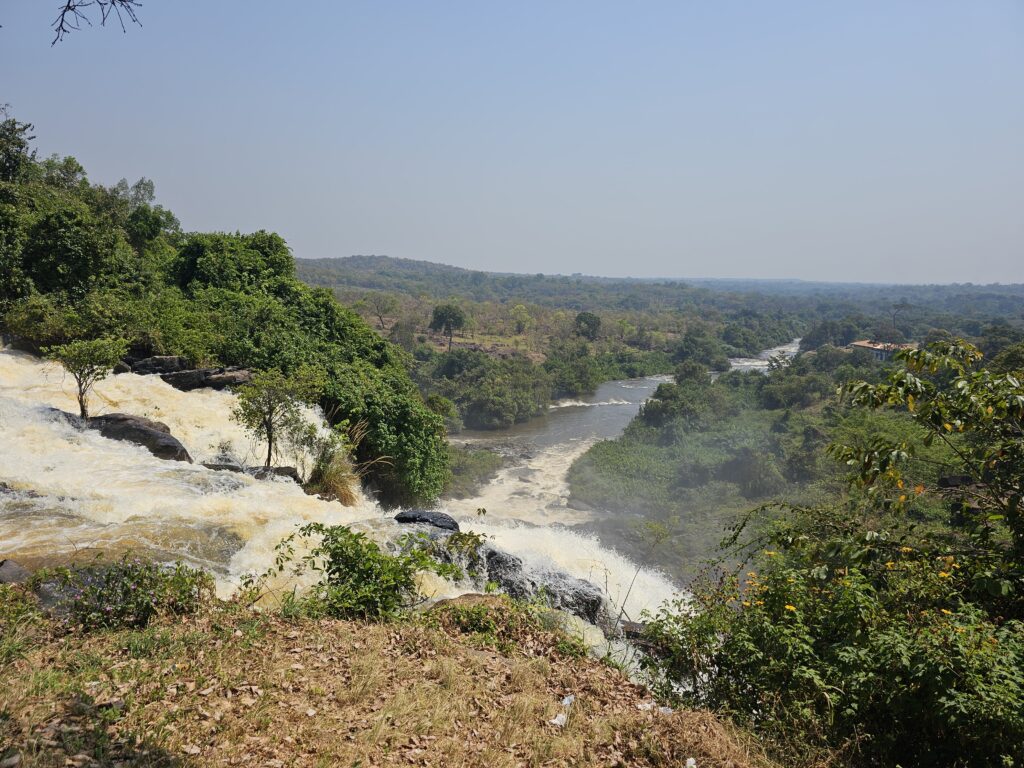
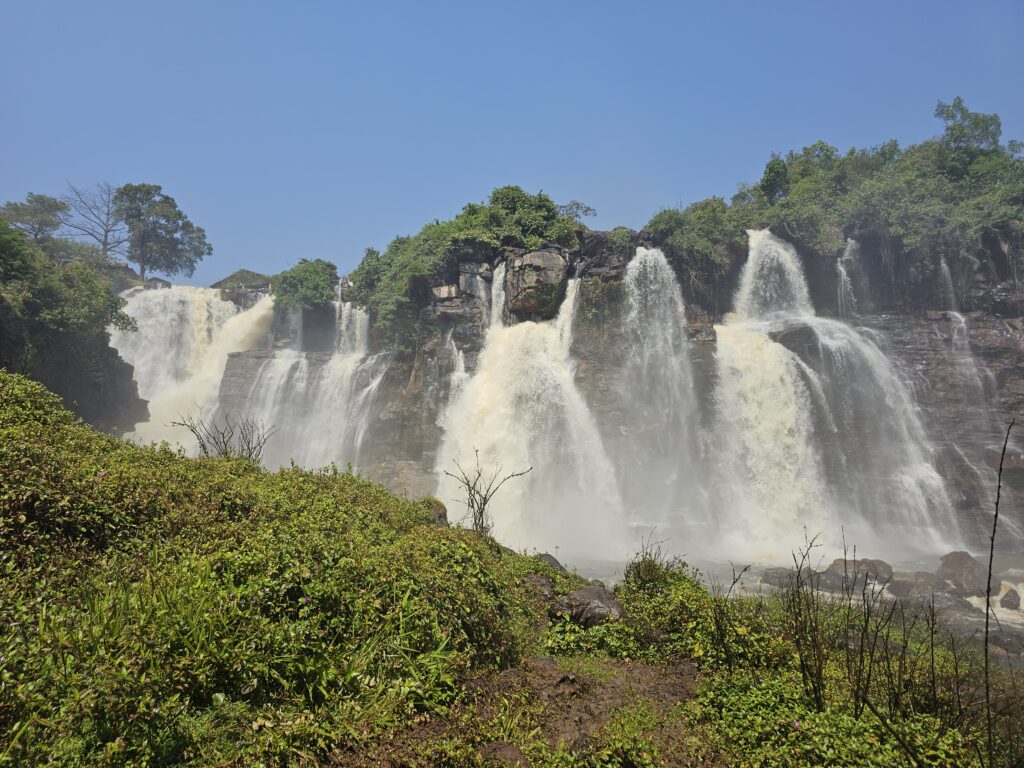
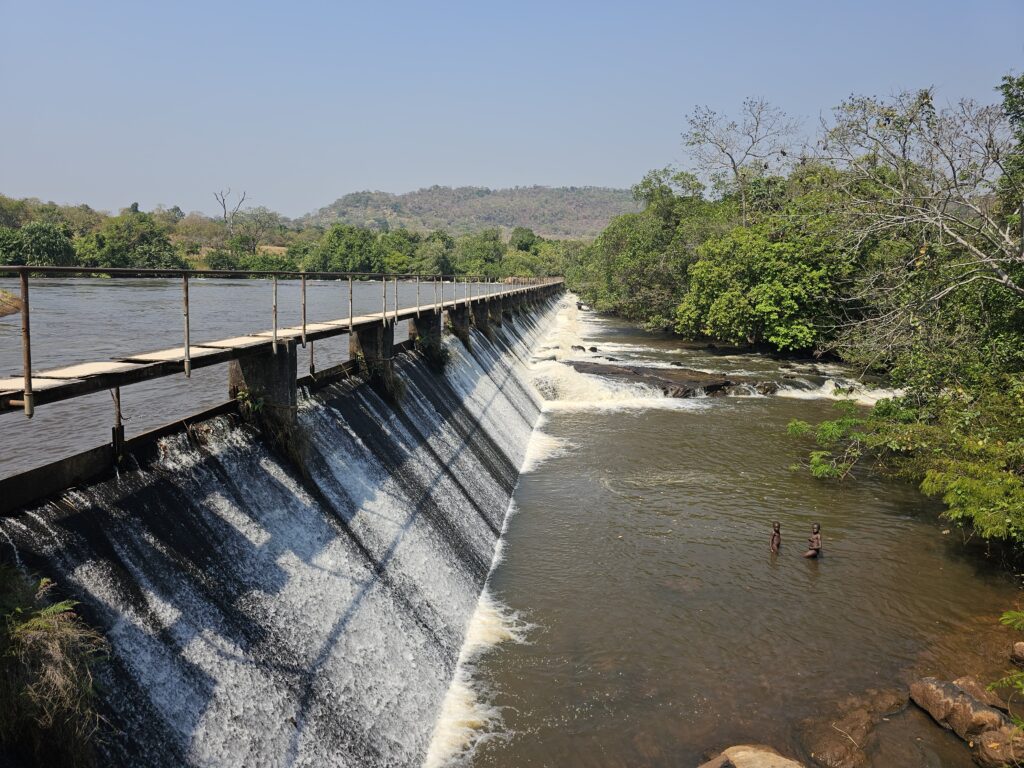
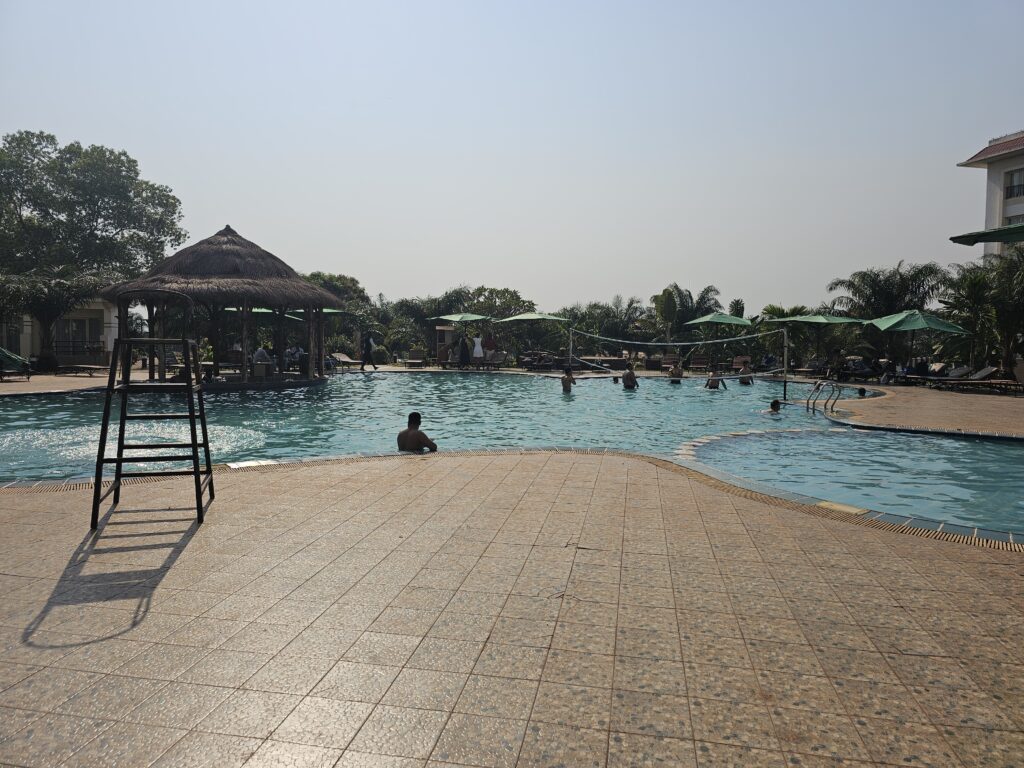
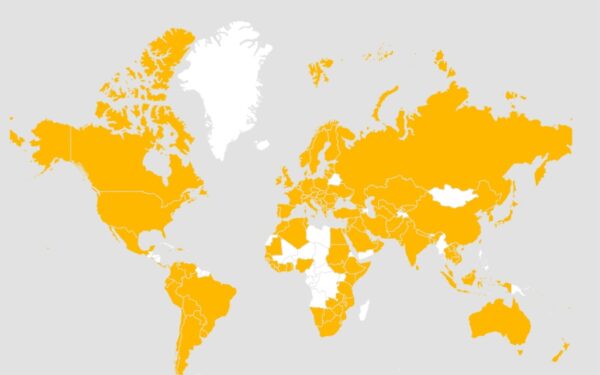
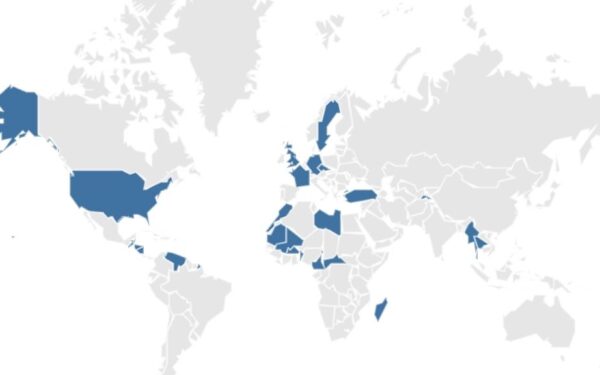
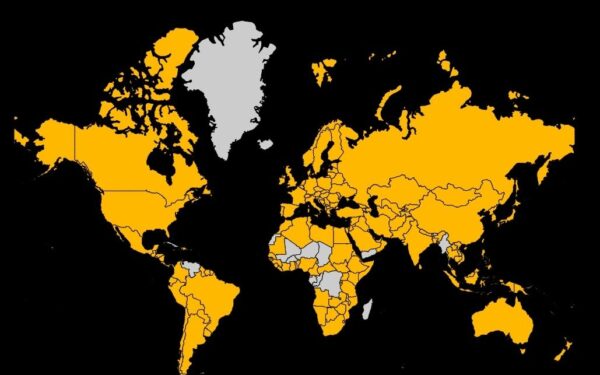
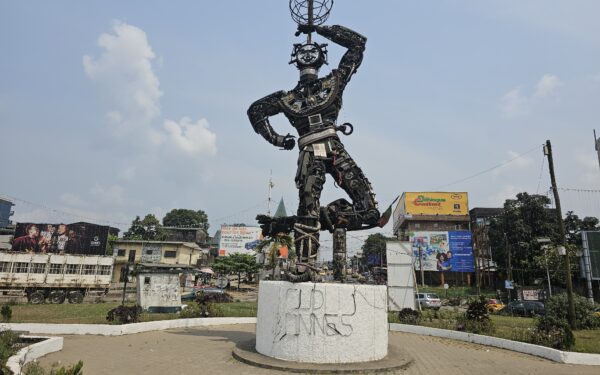
24-day layover in Paris?!! 😉
Great report though, will hopefully visit CAR in the future.